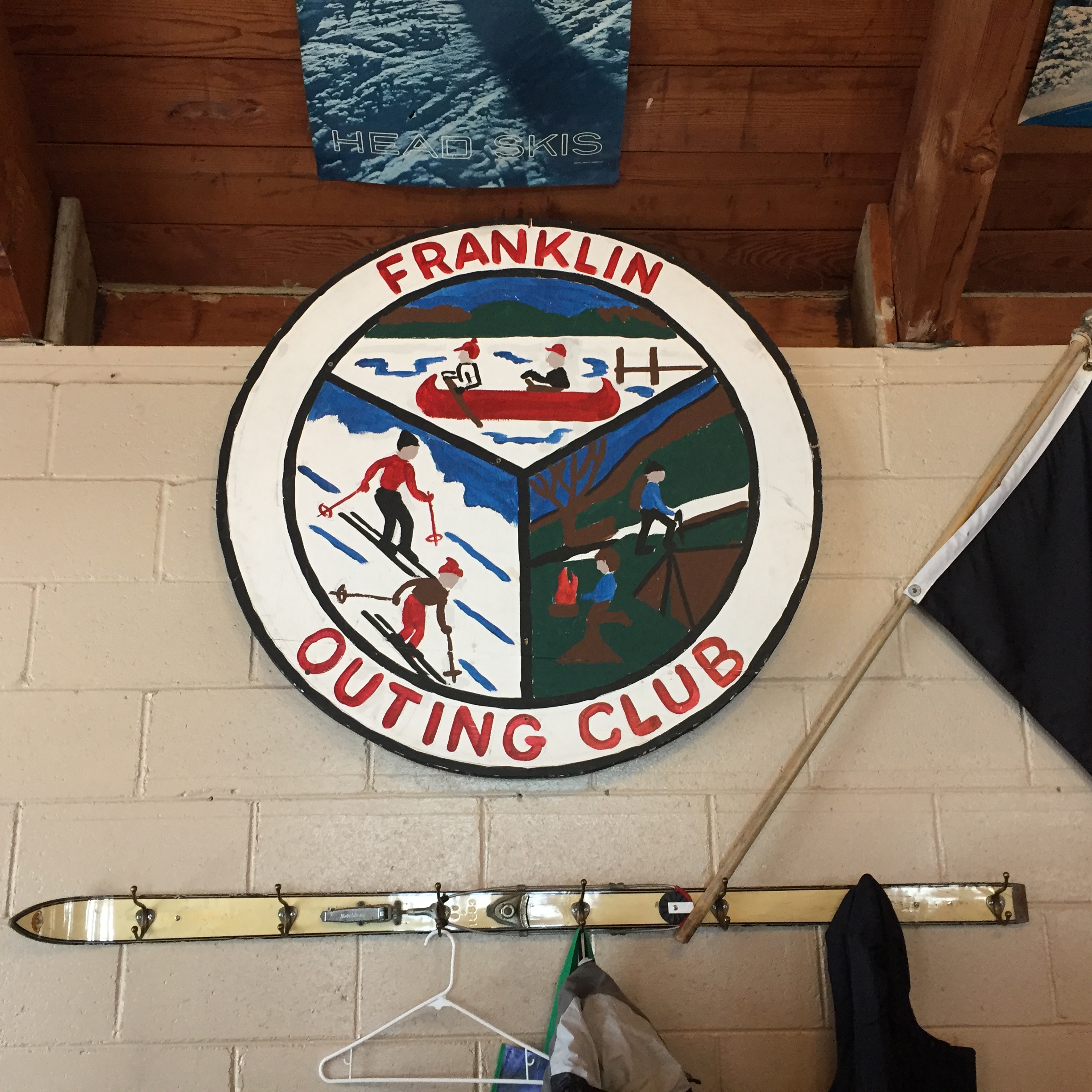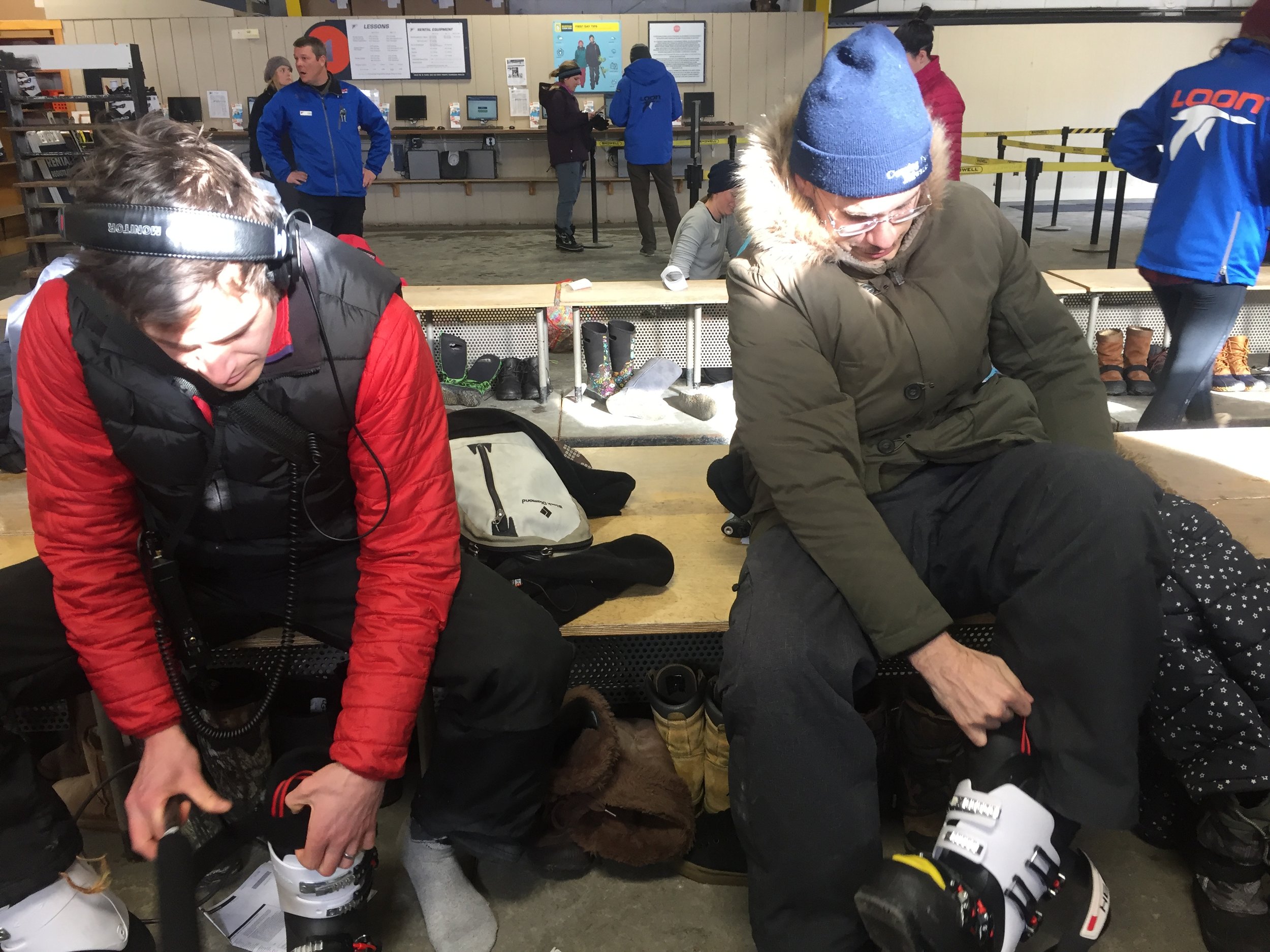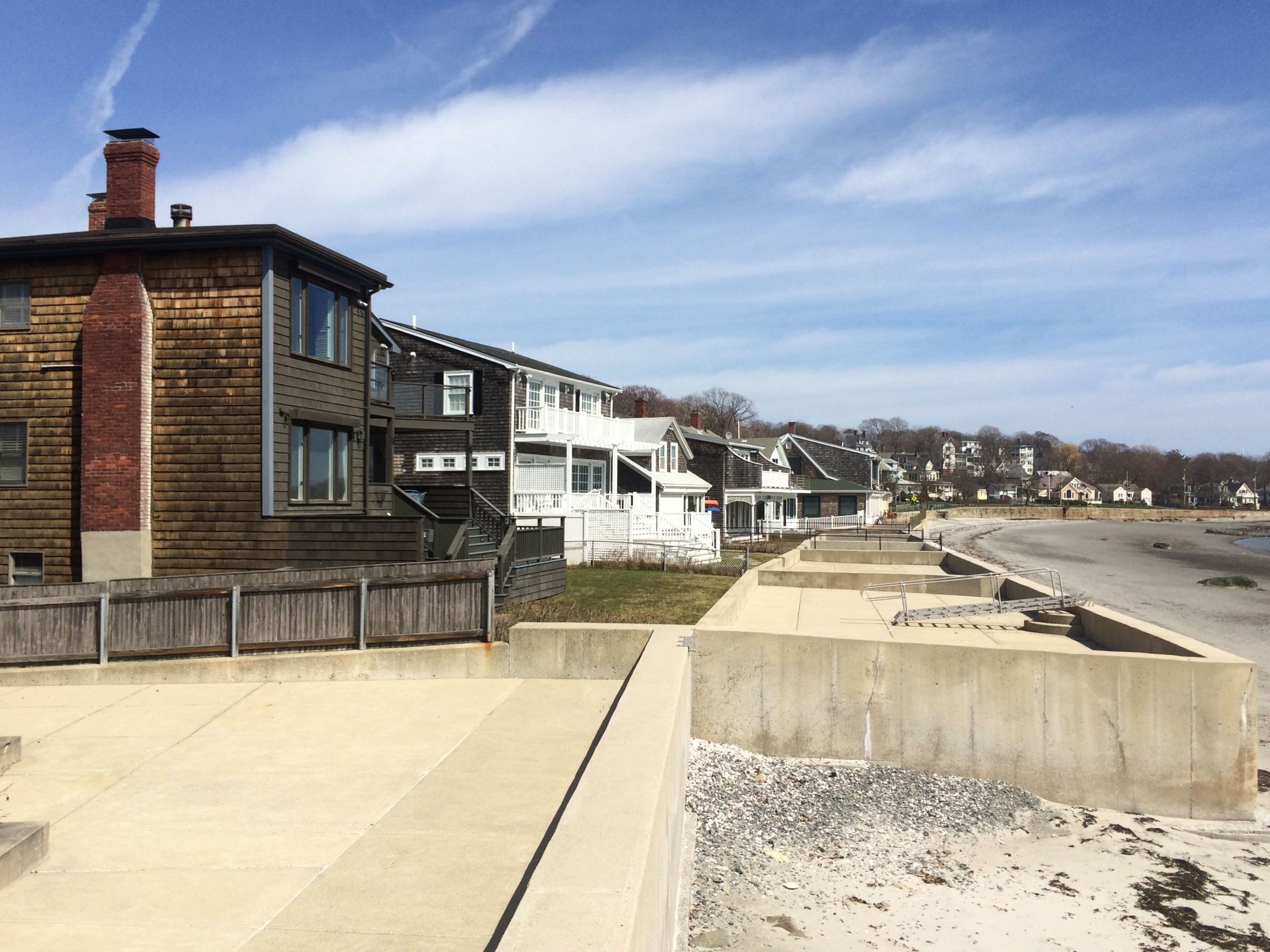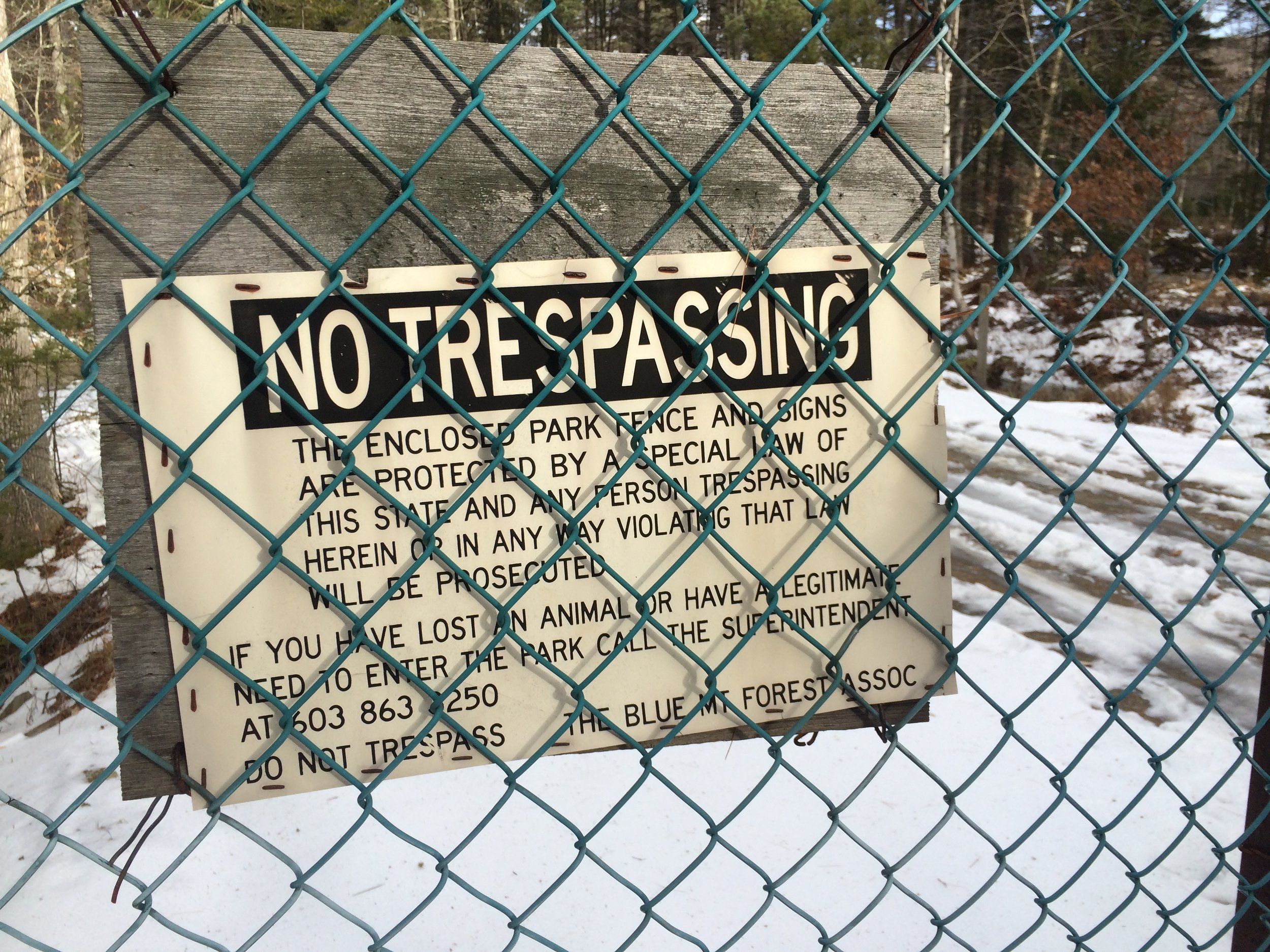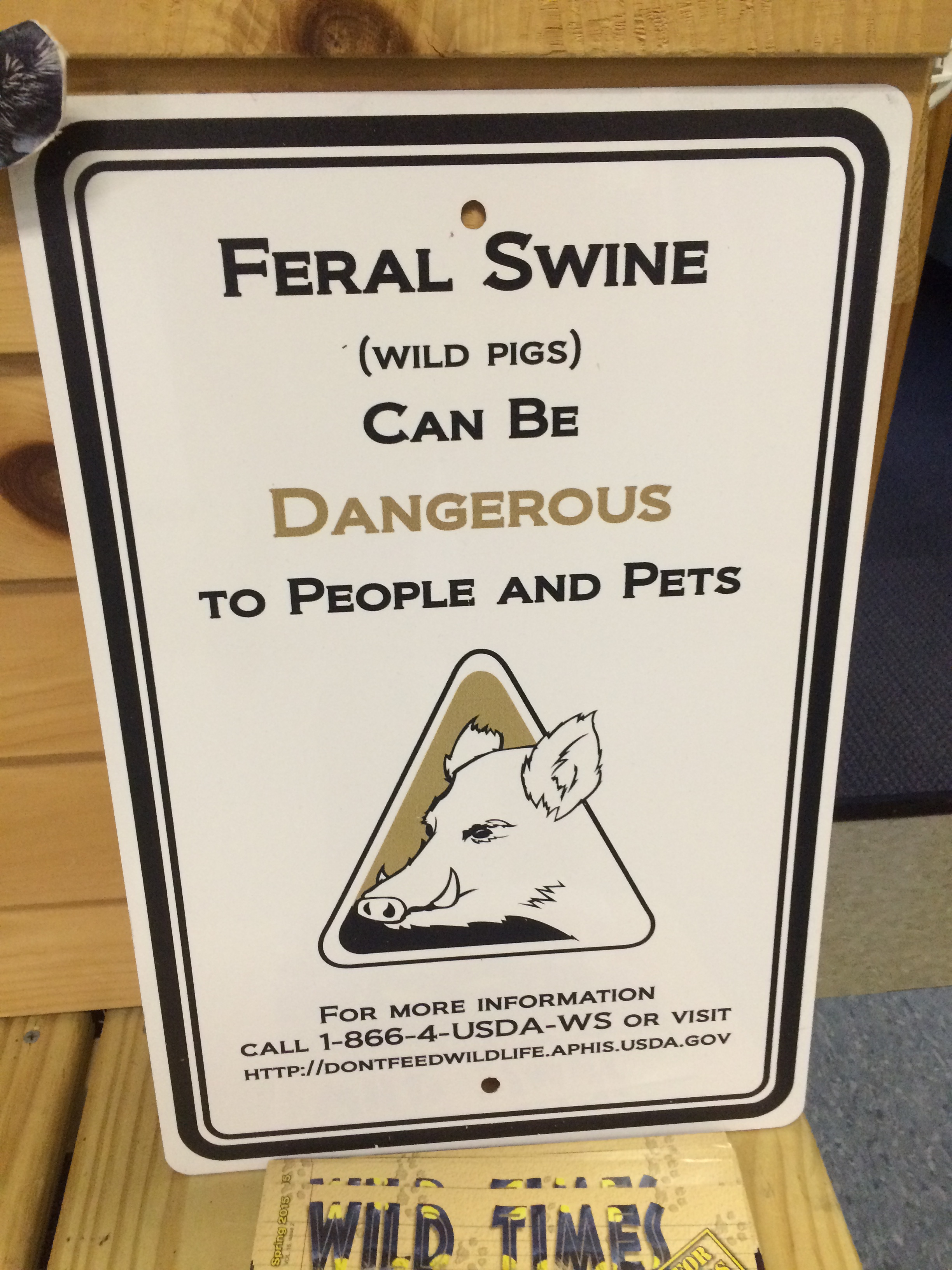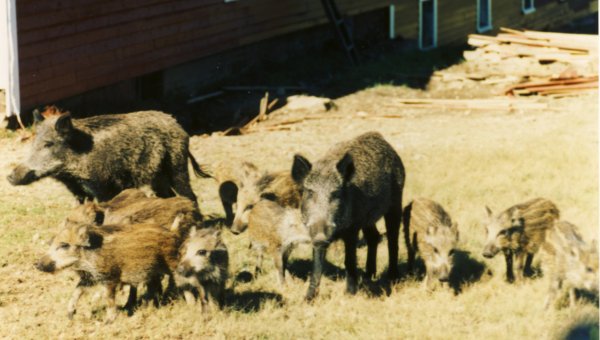Full Disclosure
Nature documentaries and wildlife films transport us to places in the world that still feel wild, but what if the wilderness they present is staged? What if, in order to capture nature’s unvarnished beauty and conflict, filmmakers have to engage in a bit of fakery? In this episode we examine how deception is used to enhance the drama of nature documentaries, from Disney’s Oscar-winning film White Wilderness, to the incredible footage featured in the BBC’s Planet Earth II. Plus, we own up to some of the production tricks we use to make this podcast.
Nature Documentaries: The Good, The Bad, The Ugly
I’d love to say that I’ve never used TV as a parental crutch, but there are days when I’m trying to work from home, or am just plain exhausted, when I’ll do anything to keep my 5-year old son distracted for a solid hour. As a form of dubious justification for letting my flat screen babysit, I’ll put on something “educational”—which usually means choosing something from Netflix’s extensive collection of nature documentaries. The BBC series Life is a household favorite, or the new Planet Earth II. The basic philosophy is that learning about porcupines is more valuable than learning about Pokémon, that watching bats is better than watching Batman.
But then again, what’s so inherently valuable about the wildlife programs? Like all TV, the genre varies widely when it comes to quality. There’s the BBC stuff with the incredible “how-did-they-do-that?” shots, but there’s also the now infamous “Megalodon: The Monster Shark Lives”, a fake documentary that aired as part of Discovery Channel’s 2013 Shark Week.
“The question is not, is wildlife or nature programming educational,” says Cynthia Chris, author of Watching Wildlife. “The question is, what is it teaching? Is it teaching us factual things that will help us care for and protect the environment? Or is it teaching things that will encourage us to fear and disdain and destroy the environment?”
I can hear you groaning from here. Why does everything involving the environment turn into a finger-wagging message about social responsibility? I hear you. I don’t want to take the fun and wonder out of nature documentaries. That’s what makes them so great! But there are some ways we can watch them a little more thoughtfully even if we’re watching a show about a giant fictional shark.
Teach Younger Kids to Get Savvy: Listen For the Sound of Deception
The best nature documentaries are able to get incredible close-up shots of animals - so close you might wonder, how the heck did producers capture that amazing sound? Sadly, the truth is that they probably didn’t. Wildlife filmmaker and author of Shooting in the Wild Chris Palmer will tell you that when you hear a bird flapping it’s wings, that’s likely sound engineer opening and closing an umbrella. (I suggest that you go try this one immediately.)
A lion tearing into a freshly killed antelope? That’s a someone cracking some fresh celery in half.
Not everything is totally faked, but footage shot in slow motion or sped up through time-lapse photography doesn’t capture audio at all, which means that whatever you’re hearing was at least captured separately and added in post-production. Sometimes, sounds are even created that don’t exist in nature at all. Frank Scheuring is a sound mixer and editor, and president of Capital Post Production. He also worked on the first Planet Earth series. He says that if you see something, you expect to hear something too. “A jellyfish probably isn’t going to make a sound at all, but if there’s no sound there, it’s less believable. It’s really just enhancing reality, and trying to bring [the viewer] into the environment.”
Dave Birch, audio manager at Earth Touch explains the art of foley.
Once you accept the truth that most nature documentary sound effects aren’t authentic, it can be a pretty big mood-killer. Is NOTHING real? But once you get used to the idea, it can make for an interesting game: try guessing if the sound you’re hearing is fake or not fake. Underwater scene? Fake. Slow-motion? Fake. Teeny tiny bird? Probably fake.
If you really want to get into it with kids, collect some household items, turn the TV to mute, and try making your own sound effects!
Introduce the Idea That They Aren’t Getting the Whole Story
Even the most reputable nature documentaries often steer away from issues like climate change, or deforestation, implicitly depicting the wild places of the world as pristine or untouched by human influence. That’s part of what makes them so beautiful: there’s a dignity to the elegance of the natural world it that feels timeless.
But it’s also pretty misleading, and both filmmakers and environmental philosophers have argued it’s counter-productive.
“It’s important that films carry a conservation message, and part of that message should be that people are not separate from nature,” says Chris Palmer. Palmer specializes in IMAX films, and says that getting those pristine shots we love is getting increasingly harder to do. “It’s hard to get a shot without a boat in the background, without a car in the background, without smoke, you know - there’s signs of people everywhere.”
One interesting way to enhance the educational opportunity of a nature documentary is to have a map or globe handy while you’re watching. Occasionally pause the film to look up places featured in the program. How big is this island of seemingly un-fragmented wilderness? How close is the nearest human settlement? How might your impression of the scene change if you knew there was a safari tour bus just off-screen? Look out for “behind-the-scenes” videos that help illustrate how programs were shot and produced. It’s strange to see camera people, but it gives you a better sense of how filmmakers use their craft to get the desired reaction from the viewer.
A behind the scenes look at the snake/iguana scene, which reveals that the filming was - for the most part - continuous, and that the behavior being filmed is very real… Even if the sound is not.
TV shows like Nat Geo’s “World’s Weirdest” or “72 Cutest Animals” are a fun way for kids to learn about animal behaviors, and tend to feature rare or bizarre creatures that can really capture the imagination. The pangolin, which looks like a cross between an anteater and an armadillo, is arguably worth its appearance on Nat Geo’s “World’s Weirdest” series, but the fact that the pangolin is the most trafficked animal in the world goes unmentioned. According to the African Wildlife Foundation, some 100,000 pangolin are slaughtered every year for their scales. Two species of pangolin are listed as critically endangered.
This begs an important question for parents: is it enough that these programs build wonder for the natural world or must they also put a spotlight on pangolin poaching? I tend to think a light touch on the bad news is the best approach. Research has shown that exposing children to calamities beyond their control when they’re too young may actually cause them to become fearful and even more disconnected from the natural world. But by remaining alert to what is left out of these documentaries, it can help you to connect the dots once your kid is ready.
As They Get Older, Teach Them About How Things Have Changed!
Some of the “classic” wildlife documentaries of the past are just as dramatic as anything you’ll see on the BBC, but not always in the ways you might expect. Jacque Costeau is remembered as a charismatic oceanographer, explorer, and co-inventor of the aqualung. He is also celebrated as an early conservationist who believed in protecting the quality and life of our oceans. Frankly though, his films are hilariously cheesy for modern audiences, filled with pulpy adventure narration and unnecessary shots of Cousteau’s bare-chested crew lazing about his vessel. Aside from the claymation fish, Wes Anderson’s film The Life Aquatic is actually a pretty good recreation.
And yet, watching someone known for being a pioneer conservationist, Cousteau reflected the values of his day. One scene from the Academy award winning documentary The Silent World is especially shocking: Cousteau’s ship strikes a young whale, injuring it badly. The crew decides to end the whale’s misery (their words) by shooting it in the head. The now deceased whale’s blood attracts a number of sharks, who start shredding it to bits. It’s already a gruesome scene, but escalates to new levels of horror when Cousteau’s crew start “avenging” the whale (even though they were the ones that killed it) by hooking sharks onto the boat and butchering them with axes. The scene lasts several minutes, and is narrated by Cousteau himself without a hint of irony.
(Now that I think about it, this scene is pretty graphic, so it might be best to do this exercise once your kids are teenagers.)
The Silent World “Whale and Shark scene”
As abhorrent as this scene is now, it tells you a lot about how much our understanding of the natural world has changed in the last century. This film was shot before the famous “Save the Whales” campaign, before the establishment of the EPA, even before the founding of the Humane Society of the United States. Even for an ardent conservationist like Cousteau, sharks were viewed as killers and so the world was considered to be better off without them.
When nature documentaries during this era weren’t killing animals on screen for entertainment, they were sometimes doing it behind the scenes as part of film production. Disney’s True Life Adventure series is one of the worst culprits, which you’ll discover in Bob McKeown’s excellent documentary on the subject for the CBC’s The Fifth Estate. For older kids and adults looking to pull the curtain back on early nature documentary production, this is a must watch.
This is Bob McKeown’s original documentary on animal cruelty in Hollywood for the 5th Estate, which includes his investigation into White Wilderness.
Final Thoughts: Are Nature Documentaries a Form of Journalism... or Entertainment?
Examining the natural world is, in part, the vocation of scientists and conservationists, and so there is a distinctly empirical flavor to nature documentaries. As opposed to non-fiction films that focus on contentious social or political issues, nature - it would seem - is simple, even in all of its evolutionary complexity. But nature documentaries, rooted in science as they may appear, are not bound by the same ethical considerations that science or journalism are.
I asked Chris Palmer, do wildlife filmmakers see themselves as journalists or entertainers? “A bit of both,” he told me. “They have to be entertainers. If they don’t entertain their audience the ratings and box office numbers will be low, they won’t get rehired, and their career will be in tatters.” On the other hand, Palmer says, to call something a documentary is to claim that the work is accurate, truthful, and was responsibly produced. “The bottom line is that their are no rules; each filmmaker approaches this challenge in their own individual way.”
Elizabeth White, one of the producers for the new BBC series Planet Earth II, says that their filmmakers receive ethics training - something Palmer has openly advocated for. When I asked her how she sees herself, she said, “as a scientist and filmmaker who is trying to engage audiences through wildlife storytelling.”
By teaching your kids what’s real and what’s not when they watch nature documentaries, you’ll be equipping them to see the world with a healthy dose of skepticism. And preparing them to enter a world that won’t cleanly delineate between facts and fiction for them.
Also… if you do this right, they shouldn’t believe the megalodons are still alive.
Here's a handy flow chart to help you watch documentaries with a careful eye. | credit: logan shannon
Outside/In was produced this week by:
Taylor Quimby and Sam Evans-Brown, with help from, Maureen McMurray, Molly Donahue, and Jimmy Gutierrez. Logan Shannon was our digital producer.
A big thanks to Chris Palmer and Bob McKeown - more than thirty years on, Cruel Camera is still an amazing piece of journalism. A few years ago, they did an update on the show, and interviewed David Attenborough, and looked at how much has changed in wildlife filmmaking since the 80s.
Thanks also to Cynthia Chris. Her book Watching Wildlife traces more of the history of the wildlife genre, and digs into some really thorny philosophical questions about how we use animals as a proxy to reinforce cultural norms. We didn’t have time to get into it here, but it’s some heady stuff.
And special thanks to Elizabeth White and the BBC. She and the folks at Planet Earth have actually put out some behind-the-scenes footage of how they made the iguana snake scene, and some other amazing moments from the series. They’ve been really candid about their practices, so we’re not the only ones that are big on disclosure.
Music this week from Mon Plaisir. Check out the Free Music Archive for more tracks from this artist.
Our theme music is by Breakmaster Cylinder.
Outside/In is a production of New Hampshire Public Radio.


